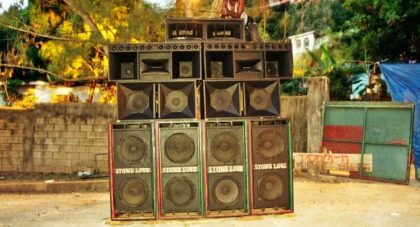Well, that was fast. Decade is just about over, and as it draws to a close, its highs look awfully high in the rearview. Presented here, an unranked sprawl of 100 records that stuck with us, managing to break through the noise of an increasingly distracting age, and stick around in our heads . . .
Only the good shit. Aquarium Drunkard is powered by its patrons. Keep the servers humming and help us continue doing it by pledging your support.
To continue reading, become a member or log in.


